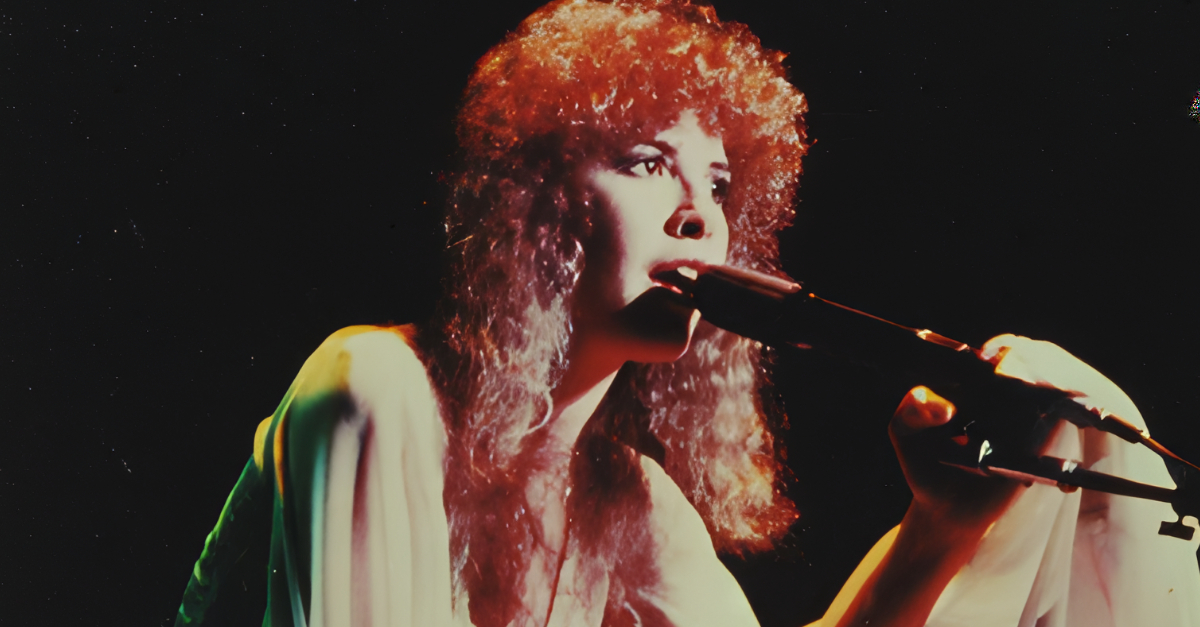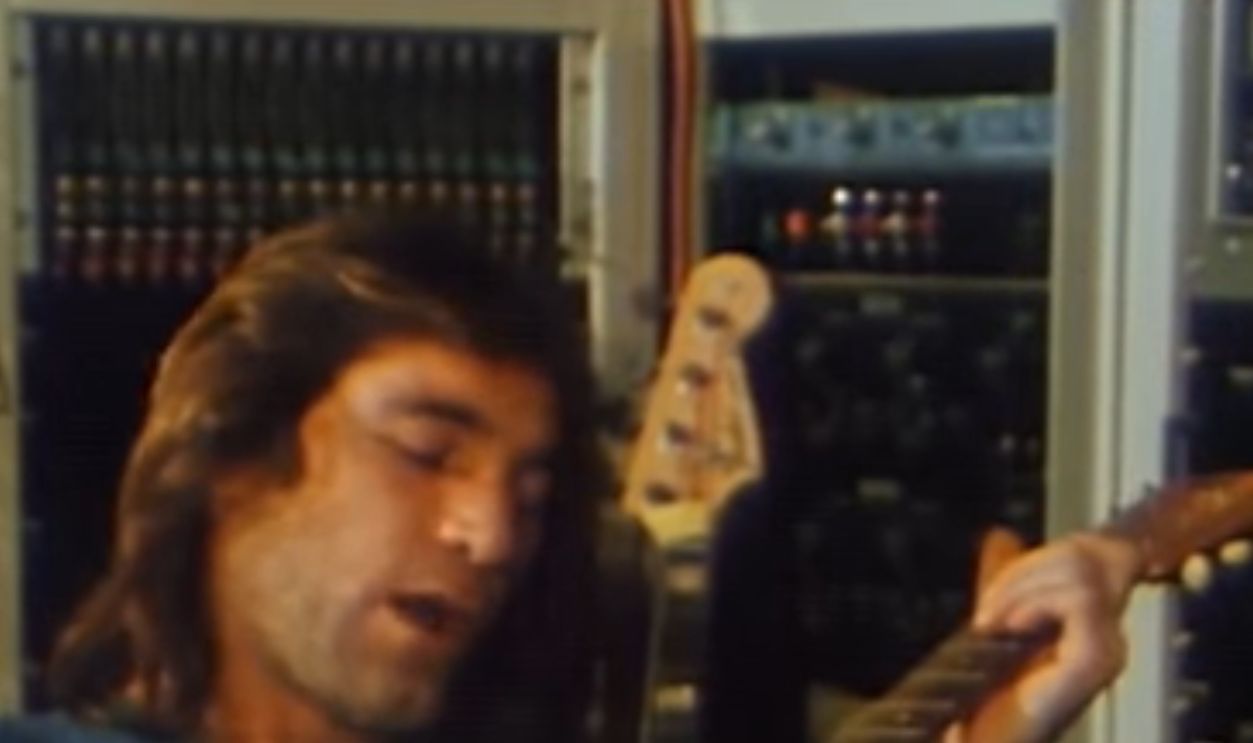Forgotten Grooves: Digging Up 70s Gems
The 1970s gave us Dark Side of the Moon, Rumours, and Hotel California—but what about the records that slipped under the radar? For every mega-hit, there were albums that never got their due, even though they were just as brilliant—or braver. These are the overlooked ‘70s albums fans still obsess over today.
“Third” Big Star (1978)
Big Star’s third album is pure cult legend. It was recorded in total chaos, barely released, and Robert Christgau called it “the music of a band falling apart.” He wasn’t wrong—but that’s what makes it gripping. Tracks like Kanga Roo are haunting, messy, and ended up shaping bands like R.E.M. and The Replacements.
 "Kangaroo" Big Star's Third, creatodestructo
"Kangaroo" Big Star's Third, creatodestructo
“Tonight’s the Night” Neil Young (1975)
When two of his friends overdosed, Neil Young processed it the only way he knew—by making this sloppy, grief-soaked record. Fans wanted another Harvest. Instead they got an album Neil later called his “most honest”. It was too raw for 1975, but now it’s considered a masterpiece.
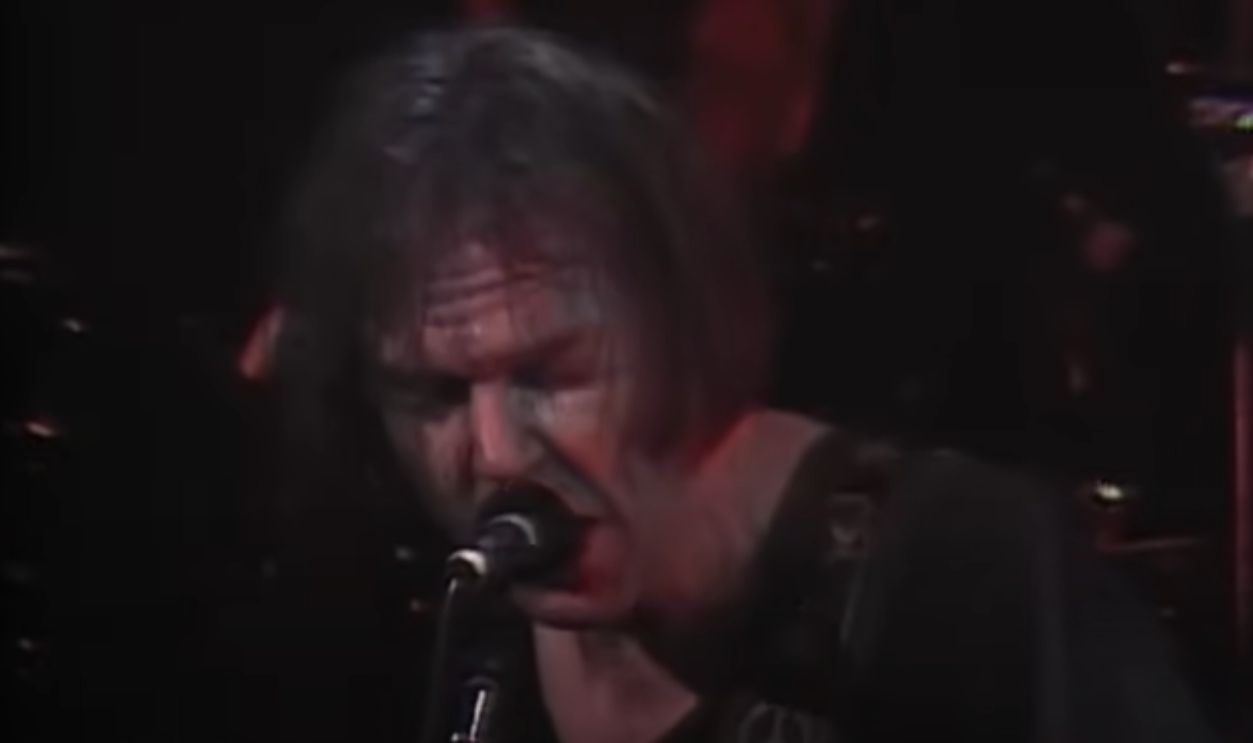 Neil Young - Tonight's The Night, neilyoungchannel
Neil Young - Tonight's The Night, neilyoungchannel
“Radio City” Big Star (1974)
Yes, Big Star again—they just couldn’t catch a break in the ‘70s. Radio City had September Gurls, which Rolling Stone later called “one of the greatest songs ever written.” But back in ’74? Nobody bought it. Alex Chilton shrugged, “We were famous for not being famous.”
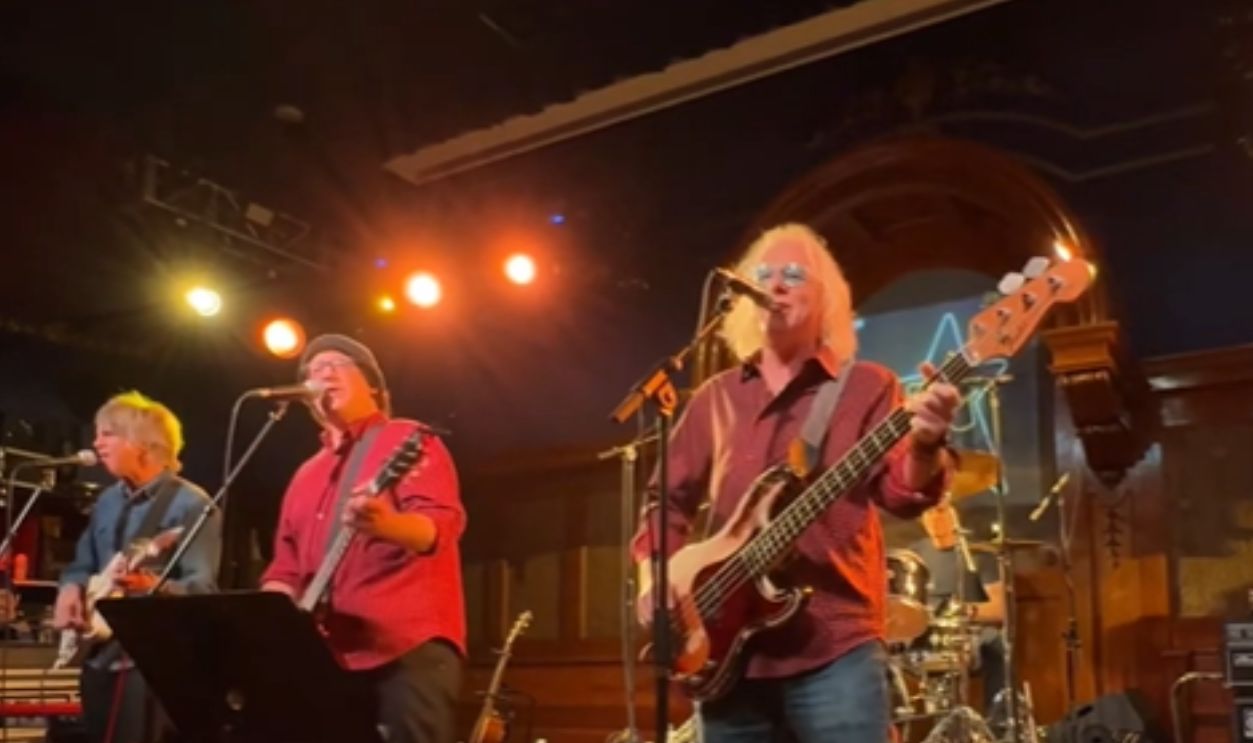 BIG STAR’S RADIO CITY (50TH ANNIVERSARY) at The Lodge Room, Ricky K
BIG STAR’S RADIO CITY (50TH ANNIVERSARY) at The Lodge Room, Ricky K
“Tusk” Fleetwood Mac (1979)
After Rumours made them stadium gods, Fleetwood Mac could’ve phoned it in. Instead, Lindsey Buckingham went off the deep end with Tusk. The label panicked, fans scratched their heads, but tracks like Sara and that marching-band title song are now hailed as ahead of their time.
 Fleetwood Mac - Tusk (Official Music Video) [HD], Fleetwood Mac
Fleetwood Mac - Tusk (Official Music Video) [HD], Fleetwood Mac
“Street Hassle” Lou Reed (1978)
Lou Reed never cared about the charts, and Street Hassle proves it. The title track is eleven minutes of strings, spoken word, and even a sneaky line from Bruce Springsteen. Hardly anyone bought it back then, but today fans see it as Lou’s boldest, weirdest stroke.
 Lou Reed -Street Hassle live Firenze 1980, rendarte piaz
Lou Reed -Street Hassle live Firenze 1980, rendarte piaz
“On the Beach” Neil Young (1974)
On the Beach wasn’t a hit—it was moody, bitter, and even went out of print for years. Neil admitted, “I was in a bad place.” That darkness is exactly what fans love about it now. Songs like Revolution Blues cut deeper than almost anything else he’s done.
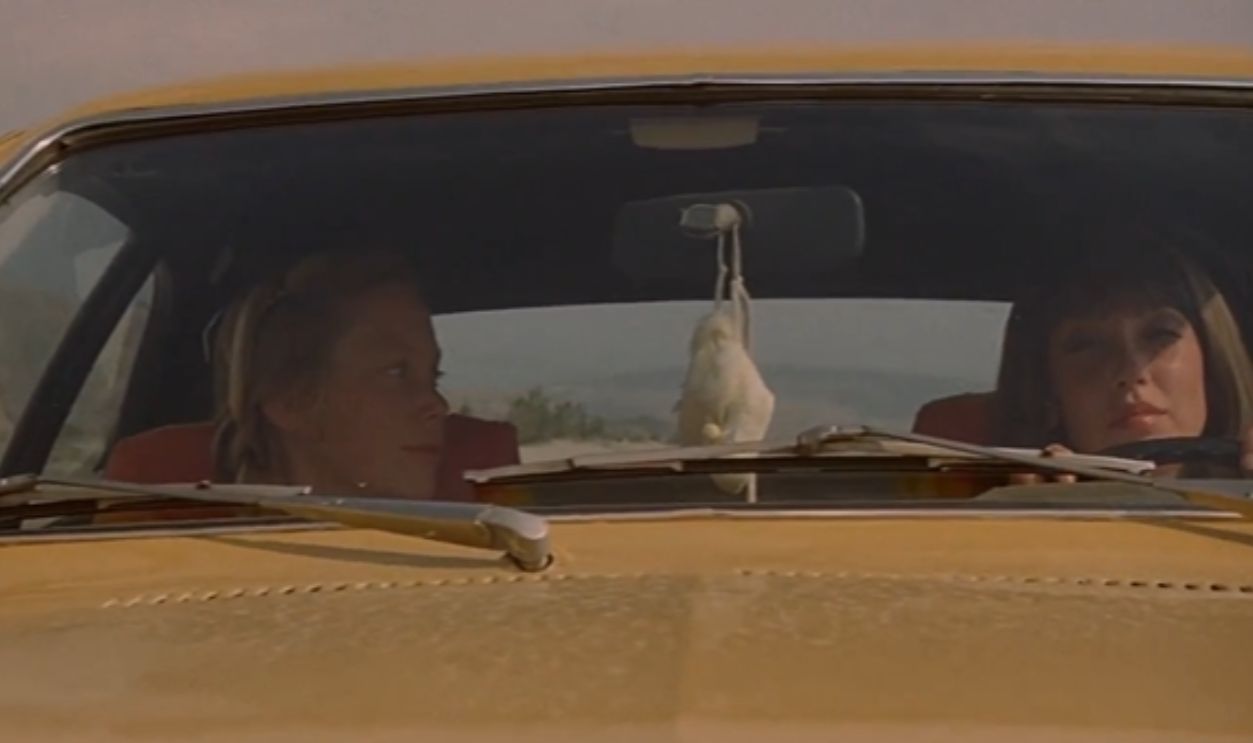 Neil Young - On the Beach (Music Video), dead swan
Neil Young - On the Beach (Music Video), dead swan
“Another Green World” Brian Eno (1975)
By 1975, Brian Eno had ditched glam rock and invented something new: ambient pop. Another Green World baffled listeners at first, but songs like St. Elmo’s Fire ended up inspiring Bowie and Talking Heads. Critics now say it’s “the birth of modern ambient pop.” Back then? Crickets.
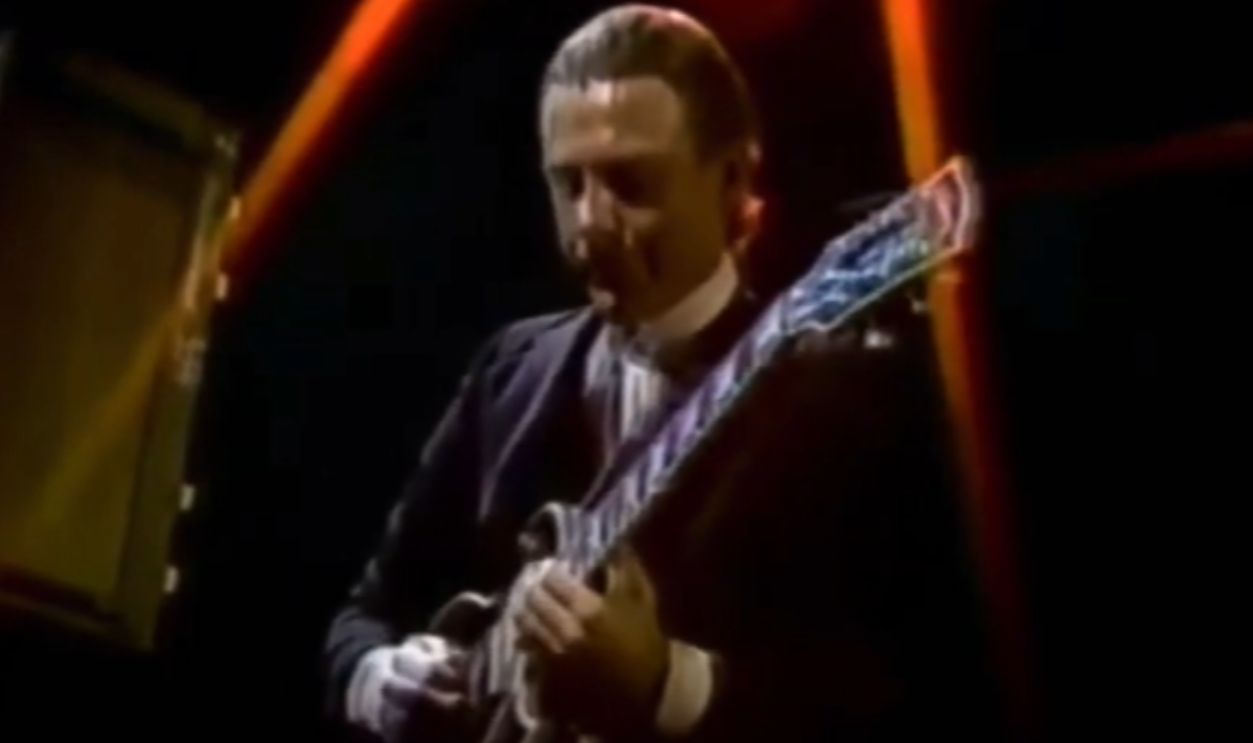 Brian Eno - St Elmo's Fire, Lennox
Brian Eno - St Elmo's Fire, Lennox
“Future Days” Can (1973)
Can, the German krautrock kings, made music that felt like it came from another planet. Future Days was dreamy, hypnotic, and gorgeous. Singer Damo Suzuki quit right after, making it feel like a swan song. Pitchfork later called it “mesmerizing and timeless.”
 Can - Live 1973 - Paris Bataclan - Remastered, WF203
Can - Live 1973 - Paris Bataclan - Remastered, WF203
“No Other” Gene Clark (1974)
Former Byrd Gene Clark went big with No Other—lavish arrangements, deep lyrics, the works. It cost a fortune to make and sold nothing. Critics called it indulgent. Fans later called it a masterpiece. Beach House even covered the whole thing live in tribute.
“Fear” John Cale (1974)
John Cale was never going to play it safe. Fear is moody, experimental, and unforgettable—critics called it “disturbing and beautiful.” Brian Eno even dropped in to help. Nobody bought it, but today it’s required listening for art-rock fans.
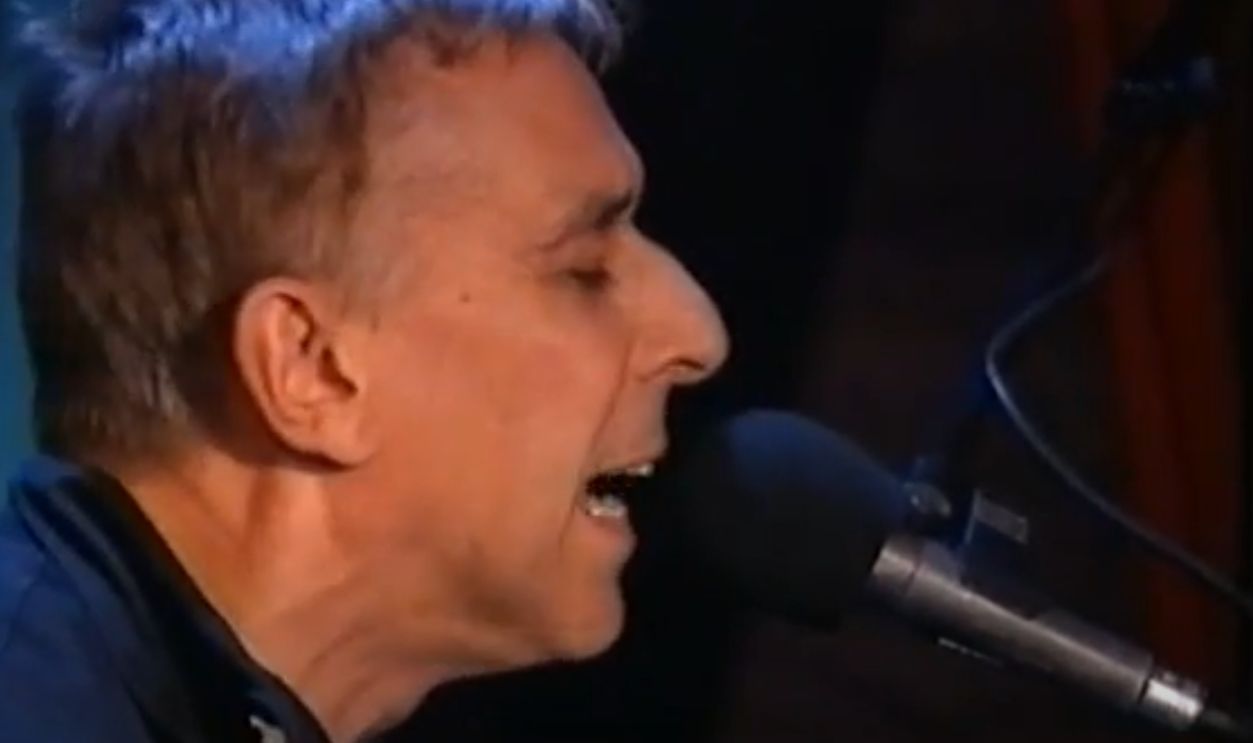 John Cale - Fear Is A Man´s Best Friend, ForARide ForARide
John Cale - Fear Is A Man´s Best Friend, ForARide ForARide
“The Modern Dance” Pere Ubu (1978)
In the middle of disco fever, Pere Ubu dropped The Modern Dance, a noisy, weird, proto-punk album that sounded like it came from the future. Critics like Robert Palmer called it “the first true post-punk album.” Cleveland wasn’t cool in the ‘70s, but Pere Ubu sure was.
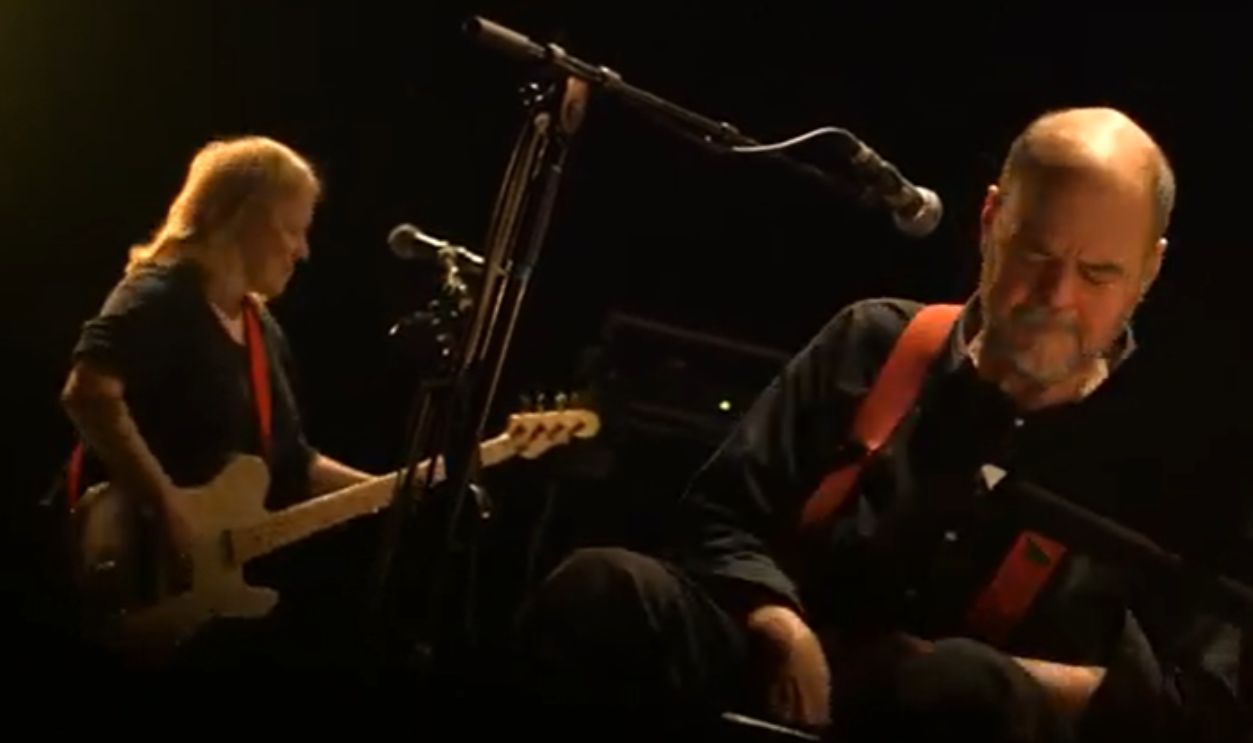 PERE UBU Modern Dance Live@Sons d'hiver 2014, Johnny Rocket
PERE UBU Modern Dance Live@Sons d'hiver 2014, Johnny Rocket
“Rocks” Aerosmith (1976)
Everyone remembers Toys in the Attic, but hardcore fans swear by Rocks. It’s dirtier, louder, hungrier. Slash once said, “It’s the one record that summed up what hard rock was all about.” Critics barely noticed. Fans? They still treat it like gospel.
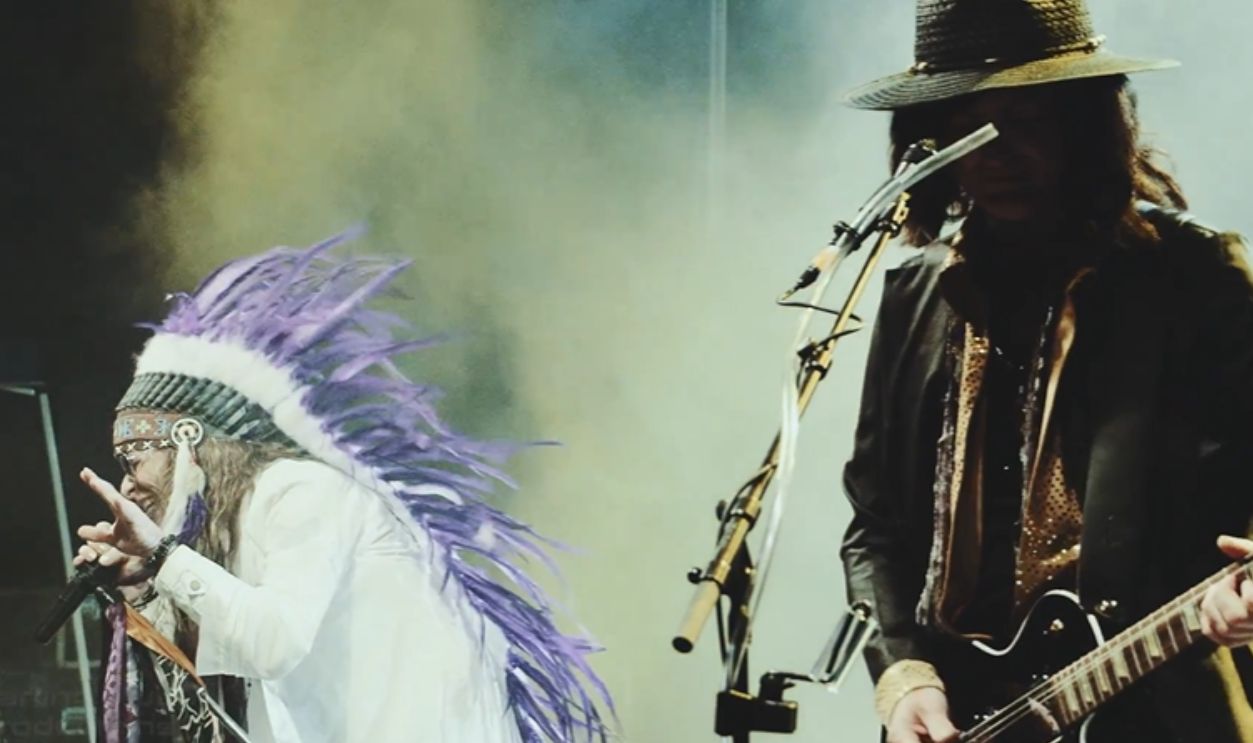 AEROSMITH Rocks - Live - Full Show - by Gene Greenwood, Gene Greenwood
AEROSMITH Rocks - Live - Full Show - by Gene Greenwood, Gene Greenwood
“#1 Record” Big Star (1972)
The curse of Big Star—again. Their debut, #1 Record, had everything: gorgeous songs like Thirteen and The Ballad of El Goodo. But with no distribution, nobody heard it. Critics later said it “defined power pop.” At the time, it didn’t even define sales charts.
 Big Star - Thirteen [Alternate Mix] (Official Music Video), UPROXX Indie Mixtape
Big Star - Thirteen [Alternate Mix] (Official Music Video), UPROXX Indie Mixtape
“Plastic Ono Band” Yoko Ono (1970)
While John’s Plastic Ono Band got attention, Yoko Ono’s version was dismissed as “noise.” Years later, artists like Björk and Sonic Youth called it visionary. Yoko herself said, “I was just expressing what I felt.” In hindsight, she was decades ahead.
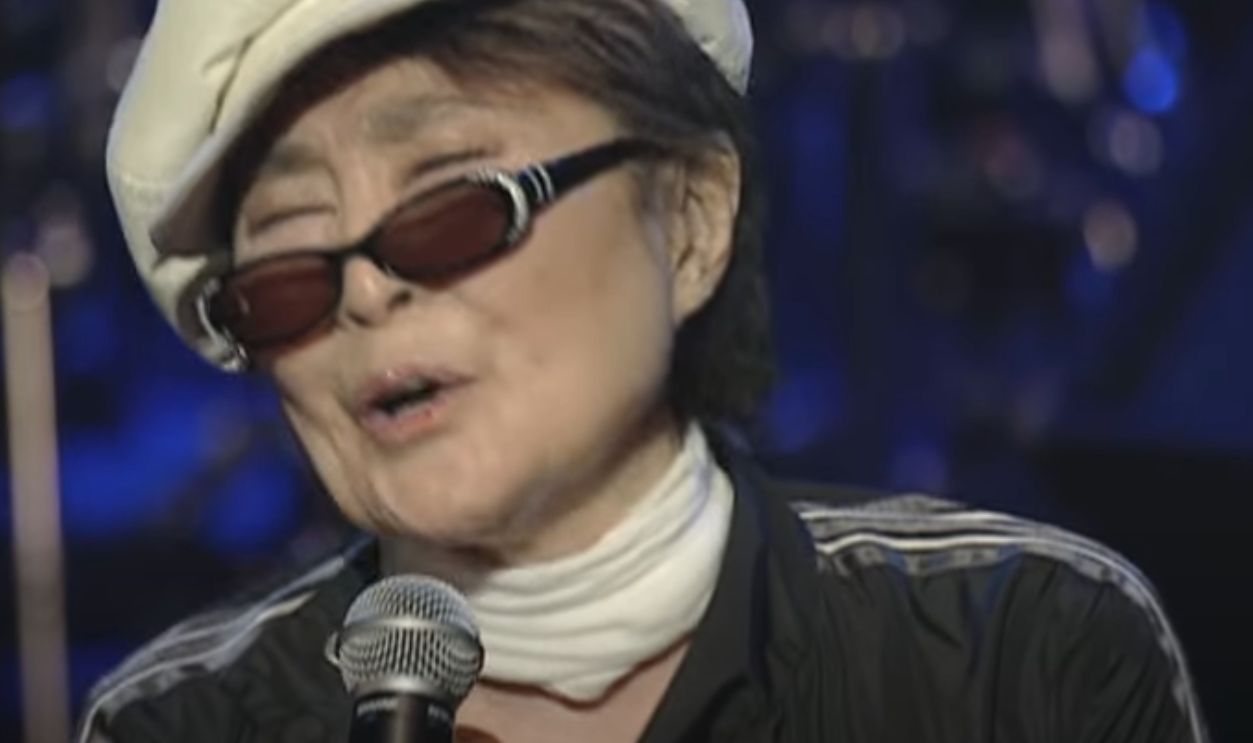 Yoko Ono Plastic Ono Band - Kurushi (live), Yoko Ono
Yoko Ono Plastic Ono Band - Kurushi (live), Yoko Ono
“Marquee Moon” Television (1977)
Critics loved it, but nobody bought it. Television’s debut was ten-minute guitar odysseys like Marquee Moon that inspired everyone from U2 to Sonic Youth. Rolling Stone now ranks it as one of the best albums ever. In 1977, it was just another CBGB’s oddity.
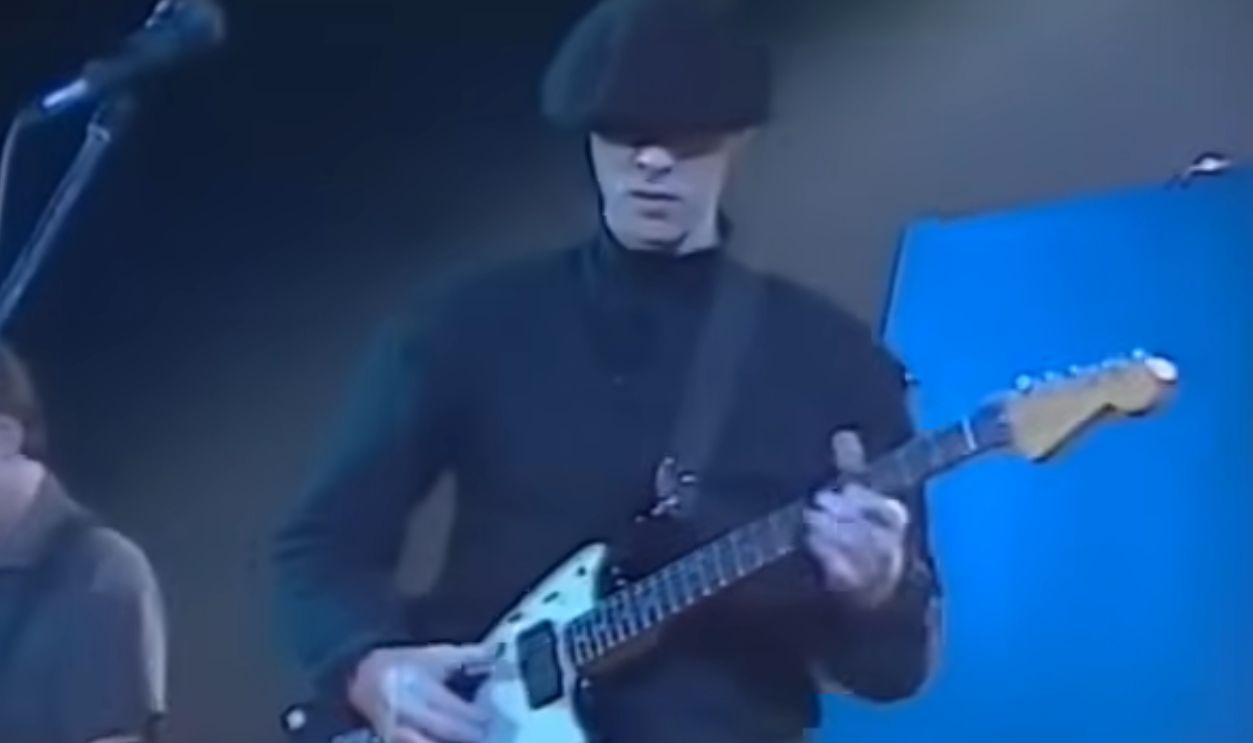 Television - Marquee Moon (Live) 1984, Angel GVM
Television - Marquee Moon (Live) 1984, Angel GVM
“Rattus Norvegicus” The Stranglers (1977)
The Stranglers’ debut hit during the punk explosion, but they didn’t quite fit in. They were older, sleazier, and better musicians than most punks. They joked, “We weren’t punks, we were dirty old men.” Songs like Peaches proved them right.
 The Stranglers - Peaches (Live NRK Zting 1985), Trygve Ostbye
The Stranglers - Peaches (Live NRK Zting 1985), Trygve Ostbye
“Loaded” The Velvet Underground (1970)
The Velvet Underground went pop with Loaded. It gave us Sweet Jane and Rock & Roll, but Lou Reed quit before it was even released. Critics called it “too commercial.” Fans later embraced it as the band’s secret masterpiece.
 The Velvet Underground - Sweet Jane (Video), Warner Records Vault
The Velvet Underground - Sweet Jane (Video), Warner Records Vault
“Paris 1919” John Cale (1973)
Soft, poetic, and lush, Paris 1919 was John Cale at his most approachable. Critics were polite, sales were dismal. Today, people call it “Cale’s greatest achievement.” Songs like Andalucia sound like lost classics.
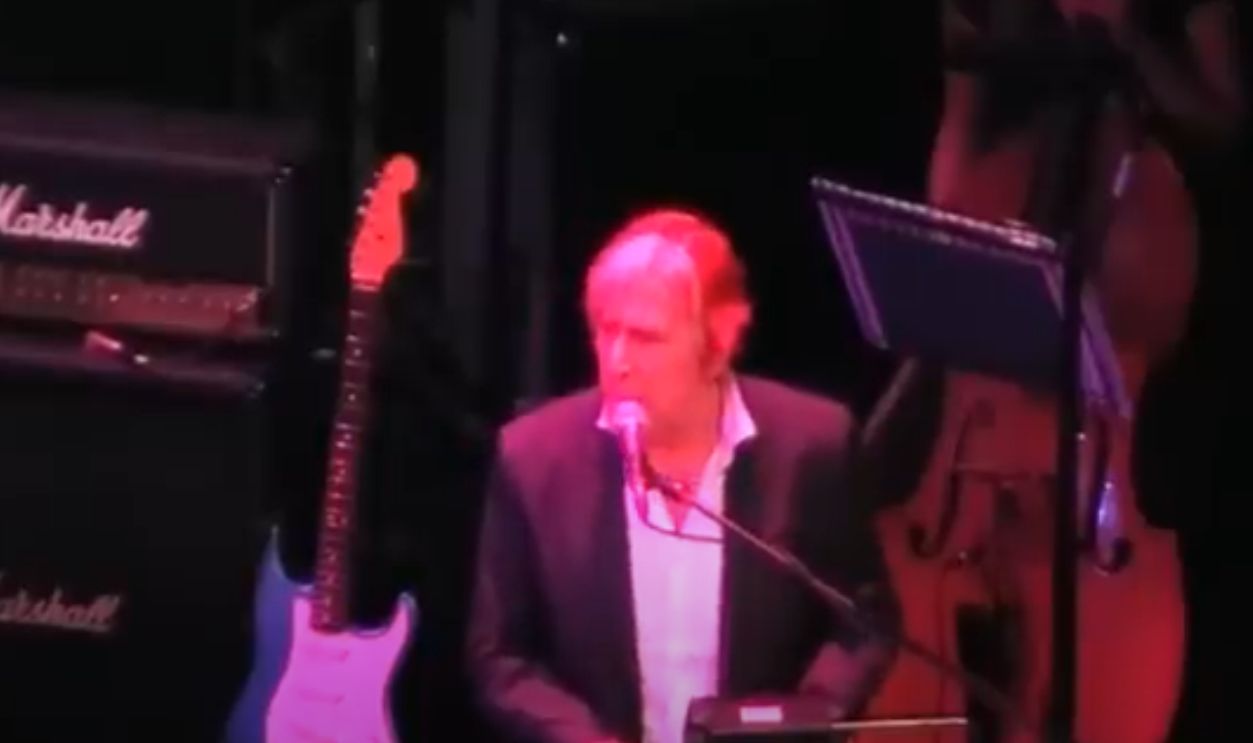 John Cale-Andalucia (Norwich), Paul White
John Cale-Andalucia (Norwich), Paul White
“Seconds of Pleasure” Rockpile (1979)
Rockpile, with Nick Lowe and Dave Edmunds, only made one album together. Seconds of Pleasure was fun, sharp, and stacked with hooks. Nick Lowe later laughed, “We came along at exactly the wrong time.” A shame, because it still sounds fresh.
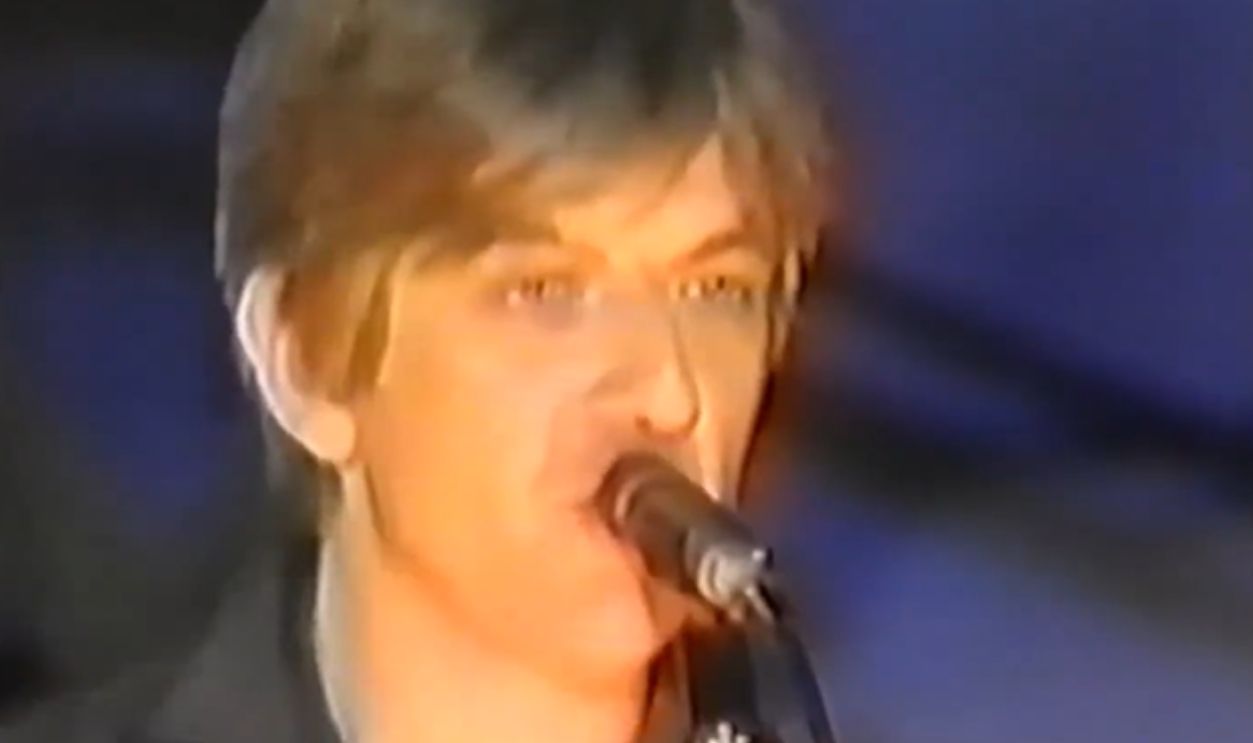 LIVE ON "FRIDAYS" (1980) - ROCKPILE, lazy poker
LIVE ON "FRIDAYS" (1980) - ROCKPILE, lazy poker
“New Skin for the Old Ceremony” Leonard Cohen (1974)
Leonard Cohen slipped this one out quietly, but it’s got gems like Chelsea Hotel #2, where he sings about Janis Joplin. Critics shrugged. Fans now love it for Cohen’s mix of playfulness and confession.
 Chelsea Hotel #2 - Leonard Cohen (Final Version), Audio Engine Overload
Chelsea Hotel #2 - Leonard Cohen (Final Version), Audio Engine Overload
“Low” David Bowie (1977)
David Bowie reinvented himself (again) on Low. Side A was twitchy pop, Side B was icy instrumentals. Fans were baffled, critics confused. Bowie just called it “music to cry to.” Now, it’s seen as the start of his Berlin genius run.
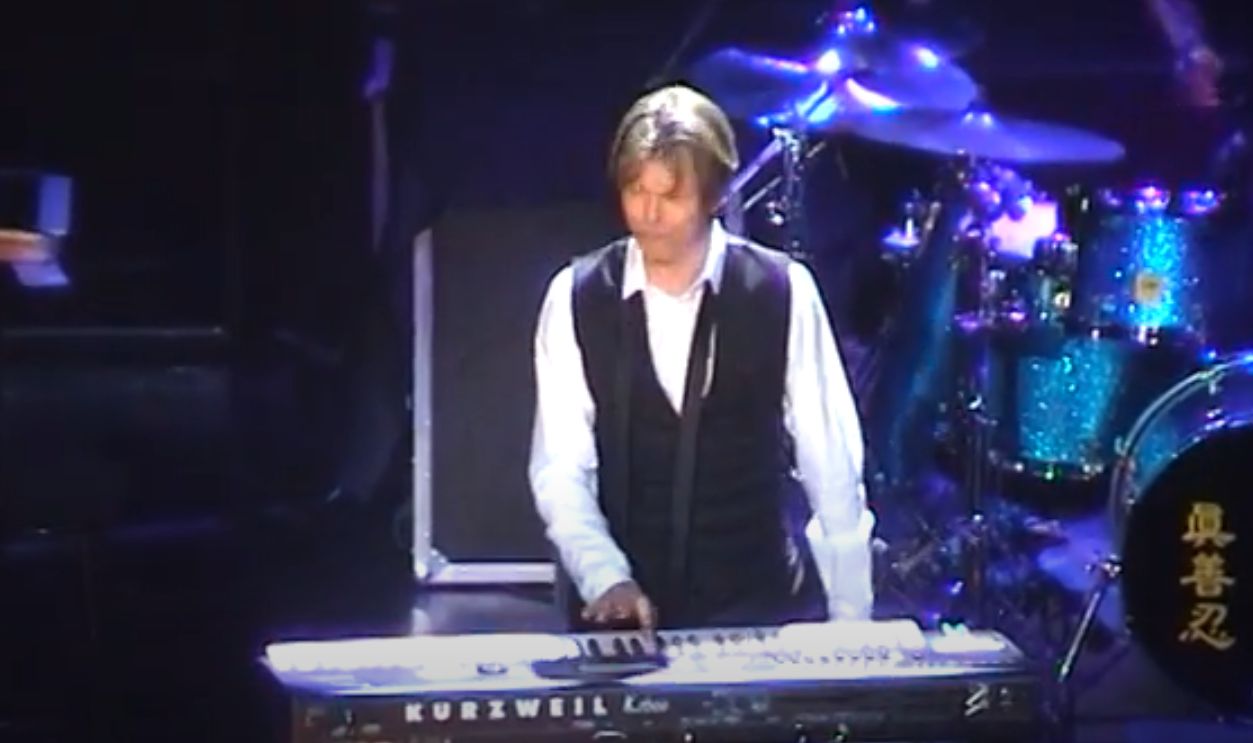 David Bowie - Low Live - London, Royal Festival Hall, 29th June 2002, 100 Percent Bowie
David Bowie - Low Live - London, Royal Festival Hall, 29th June 2002, 100 Percent Bowie
“Rusty Nail” The Soft Boys (1979)
The Soft Boys, led by Robyn Hitchcock, were too jangly for punk and too early for college rock. Their debut, Rusty Nail, barely made a blip. Today, it’s celebrated as hugely influential on bands like R.E.M. and The Smiths.
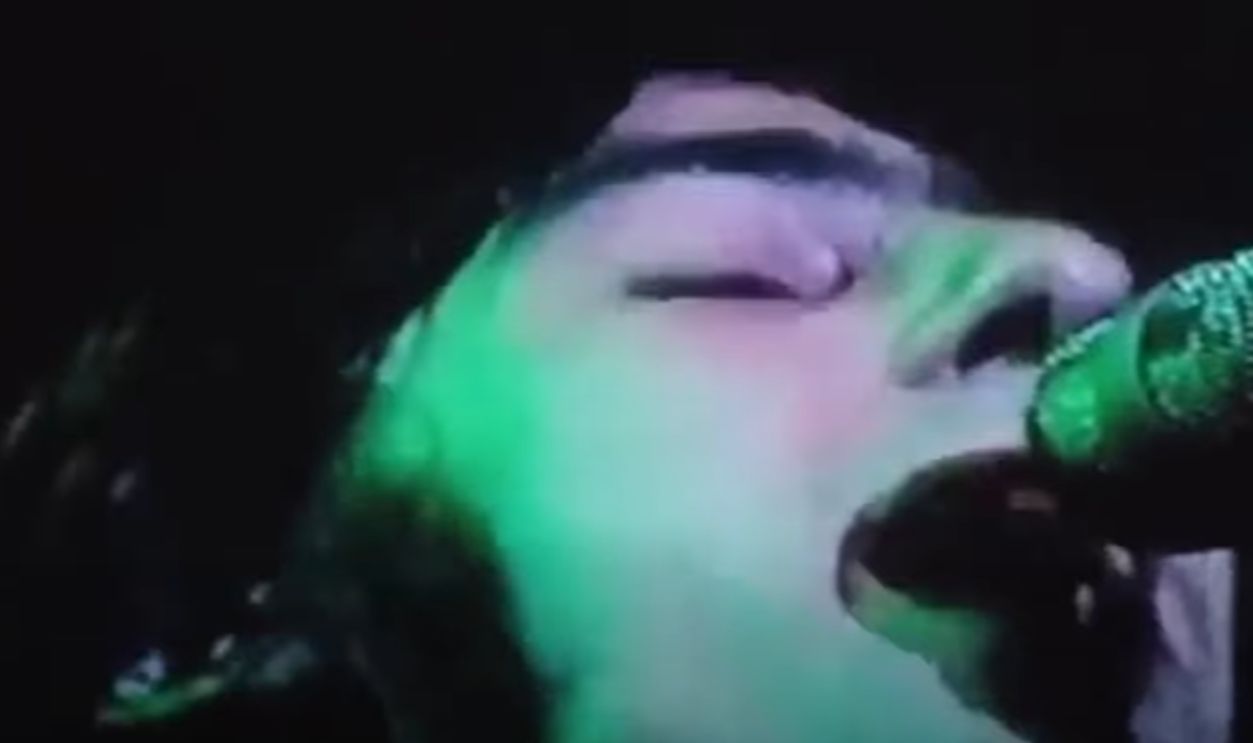 The Soft Boys - I Wanna Destroy You, robynhitchcockweb
The Soft Boys - I Wanna Destroy You, robynhitchcockweb
“Starless and Bible Black” King Crimson (1974)
King Crimson made plenty of classics, but this half-live, half-studio oddball often gets overlooked. Fracture is one of their most ferocious songs, full of fearless improvisation. Prog fans know it’s underrated Crimson gold.
 David Cross band (King Crimson) Starless and Bible Black, live Toronto October 30, 2024, Mike W
David Cross band (King Crimson) Starless and Bible Black, live Toronto October 30, 2024, Mike W
“Trout Mask Replica” Captain Beefheart (1970 reissue)
Technically a ’69 release, but the 1970 reissue gave Trout Mask Replica a new life. Produced by Frank Zappa, it confused almost everyone. Beefheart famously said, “I’m interested in the truth, not in making pretty sounds.” Now it’s considered a holy text of the avant-garde.
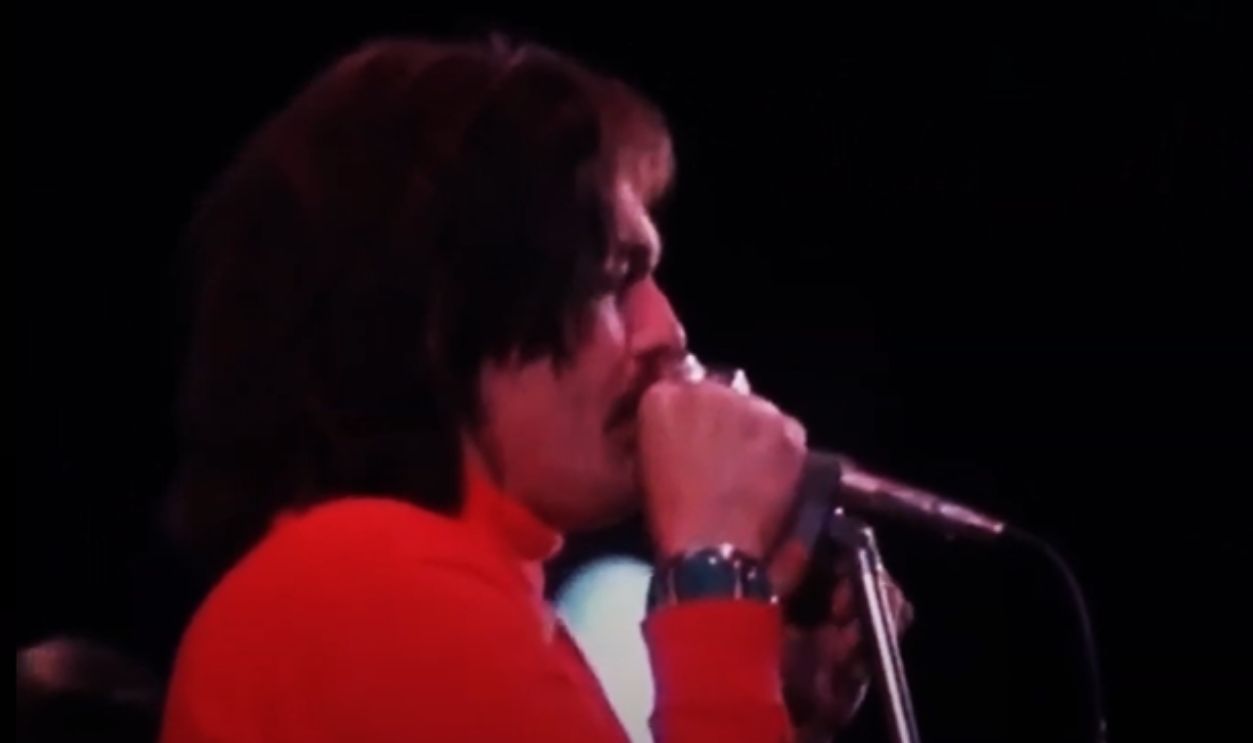 Captain Beefheart & The Magic Band - Paris 1974 (RM / minus 'SGB'), wirewehear
Captain Beefheart & The Magic Band - Paris 1974 (RM / minus 'SGB'), wirewehear
“Pacific Ocean Blue” Dennis Wilson (1977)
The only Beach Boy to go solo in the ‘70s, Dennis Wilson made this soulful, melancholy gem. It sold poorly, but over time fans called it “the lost masterpiece” of the Beach Boys family. Listen now—it’s heartbreaking.
“Sunburst Finish” Be-Bop Deluxe (1976)
Be-Bop Deluxe mixed glam, prog, and guitar fireworks on Sunburst Finish. It had radio-ready tracks like Ships in the Night, but never broke through. Later musicians looked back and called it criminally underrated.
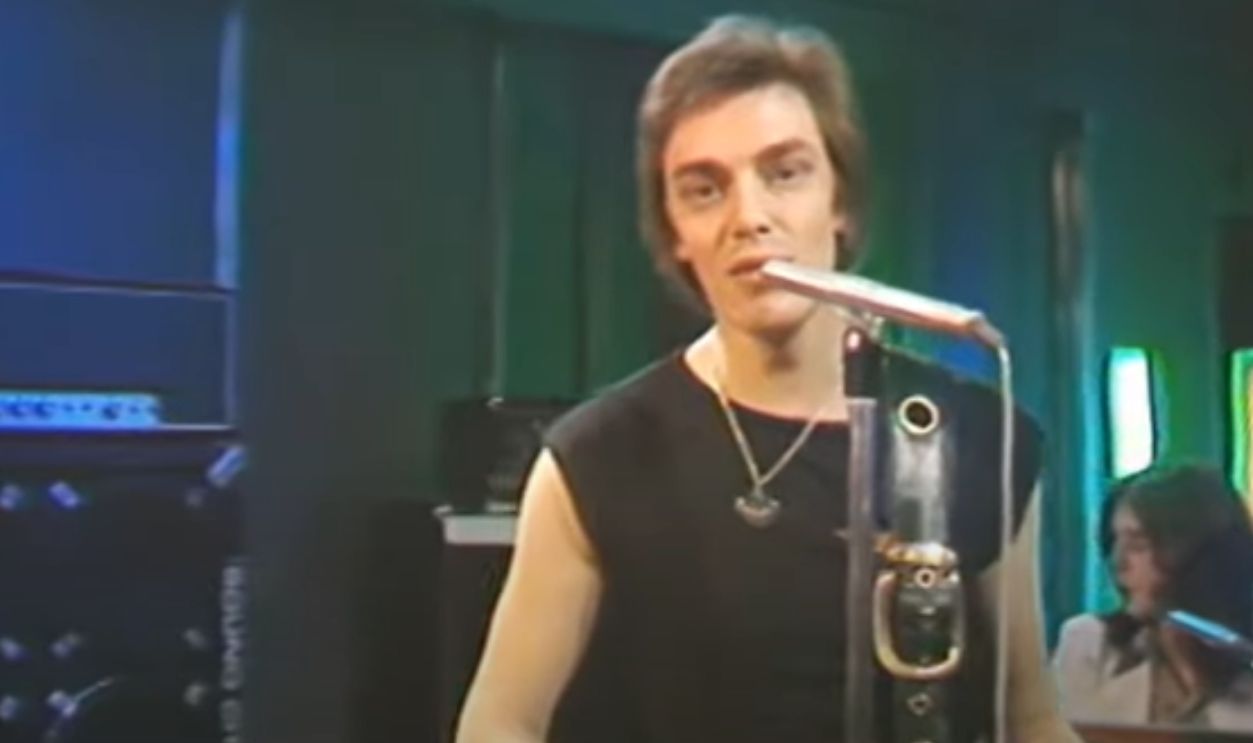 Be Bop Deluxe - Ships In The Night (Music Video), Various Stuff
Be Bop Deluxe - Ships In The Night (Music Video), Various Stuff
“Bop Till You Drop” Ry Cooder (1979)
Ry Cooder’s Bop Till You Drop was the first major-label album recorded digitally. Critics hated the sound, but the songs are rock-solid. Cooder didn’t care—he was already miles ahead of everyone else.
 Ry Cooder - Little Sister, MLIN20
Ry Cooder - Little Sister, MLIN20
“White Light” Gene Clark (1971)
Another miss for Gene Clark. White Light was stripped-down, heartfelt, and even praised in Europe. In the U.S.? It tanked. Only later did fans realize Clark was making some of the best folk-rock of the decade.
 KRLA Beat/Beat Publications, Inc., Wikimedia Commons
KRLA Beat/Beat Publications, Inc., Wikimedia Commons
“Time Fades Away” Neil Young (1973)
Neil Young’s live album of all-new songs was recorded during a trainwreck of a tour. He once called it “my least favorite record.” Fans disagree—it’s rough, honest, and became one of his most coveted out-of-print albums.
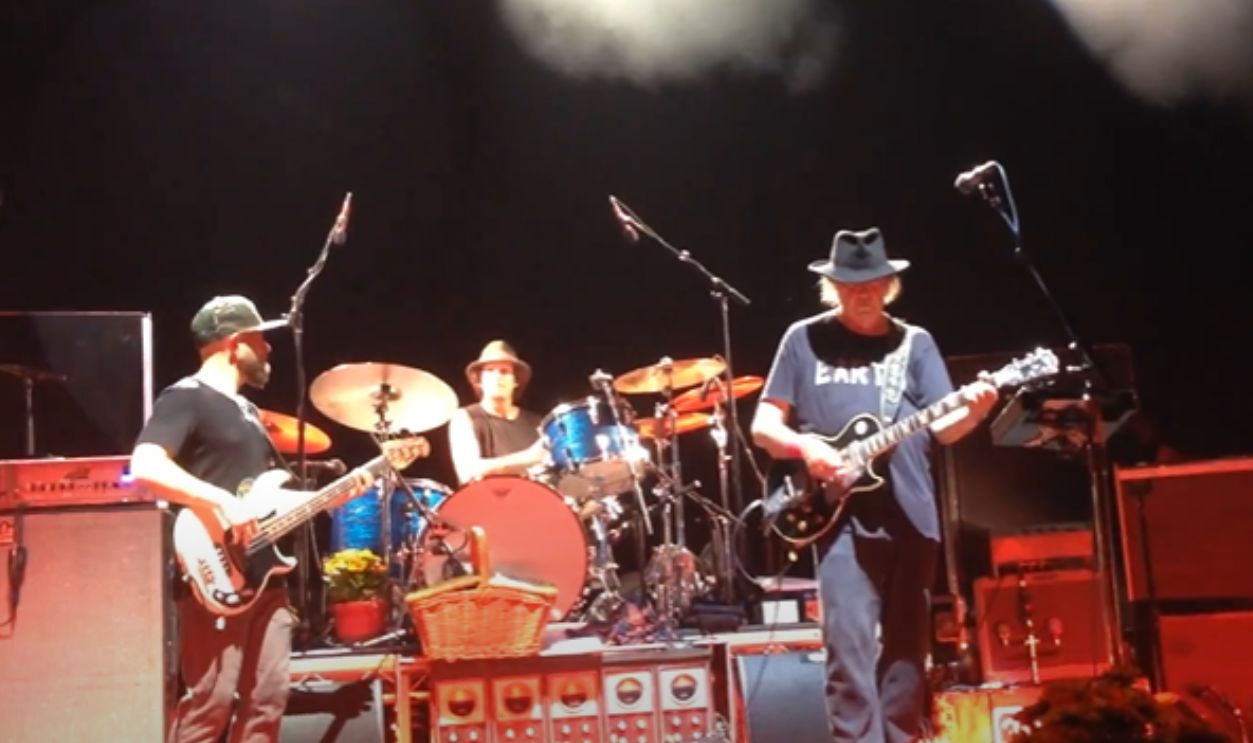 Neil Young + Promise Of The Real - Time Fades Away - SB - 10-10-15, Malibuheaven1
Neil Young + Promise Of The Real - Time Fades Away - SB - 10-10-15, Malibuheaven1
You Might Also Like:
Are These The Greatest Rock Ballads Ever?
The Perfect 1970s Mixtapes For Everyone In Your Life

